 Welcome to the Blogging A to Z Challenge! I’m participating for the first time this year in this activity where we blog every day for the month of April (except Sundays), posting a blog post each day for each letter of the alphabet.
Welcome to the Blogging A to Z Challenge! I’m participating for the first time this year in this activity where we blog every day for the month of April (except Sundays), posting a blog post each day for each letter of the alphabet.
While I often grab my camera and head out with a specific plan in place, more often than not, that plan is left back home as soon as I step into nature.
One of the best tools in a nature filmmakers toolbox is awareness.
Indian Creek Nature Center is one of my favorite spots to film nature and wildlife. It’s close to my home, it has a variety of habitats, prairie, woodlands, wetlands and a large diversity of plants and animals.
I’ve visited the nature center so often over the years that I know the spots where the butterfly milkweed will bloom and what trails the white-tailed deer use the most.
So when I want to get some footage of bee balm, I can make a bee line right to the perfect patch of plants. The risk I run by doing this however is I go through the prairie with blinders on. My mission is to film bee balm and by golly, that’s what I’m going to do.
But what about the dew covered dragonfly or the praying mantis egg sack? If I don’t walk through the prairie being aware of my surroundings, I’ll walk right past them and never even know that I missed an opportunity to film them.
Because I’ve worked at being more aware of what is around me, I tend not to make concrete plans anymore but set simple goals to come home with something interesting captured by my camera.
If you don’t see it, you can’t shoot it
Next time you’re out in the field, whether you have a specific filming goal in mind or just feel like wandering around to see what you see, make an effort to be more aware. Walk slowly, stop often and listen. You may be surprised by what you find if you do!
And as always, shoot the ordinary and make it extraordinary!



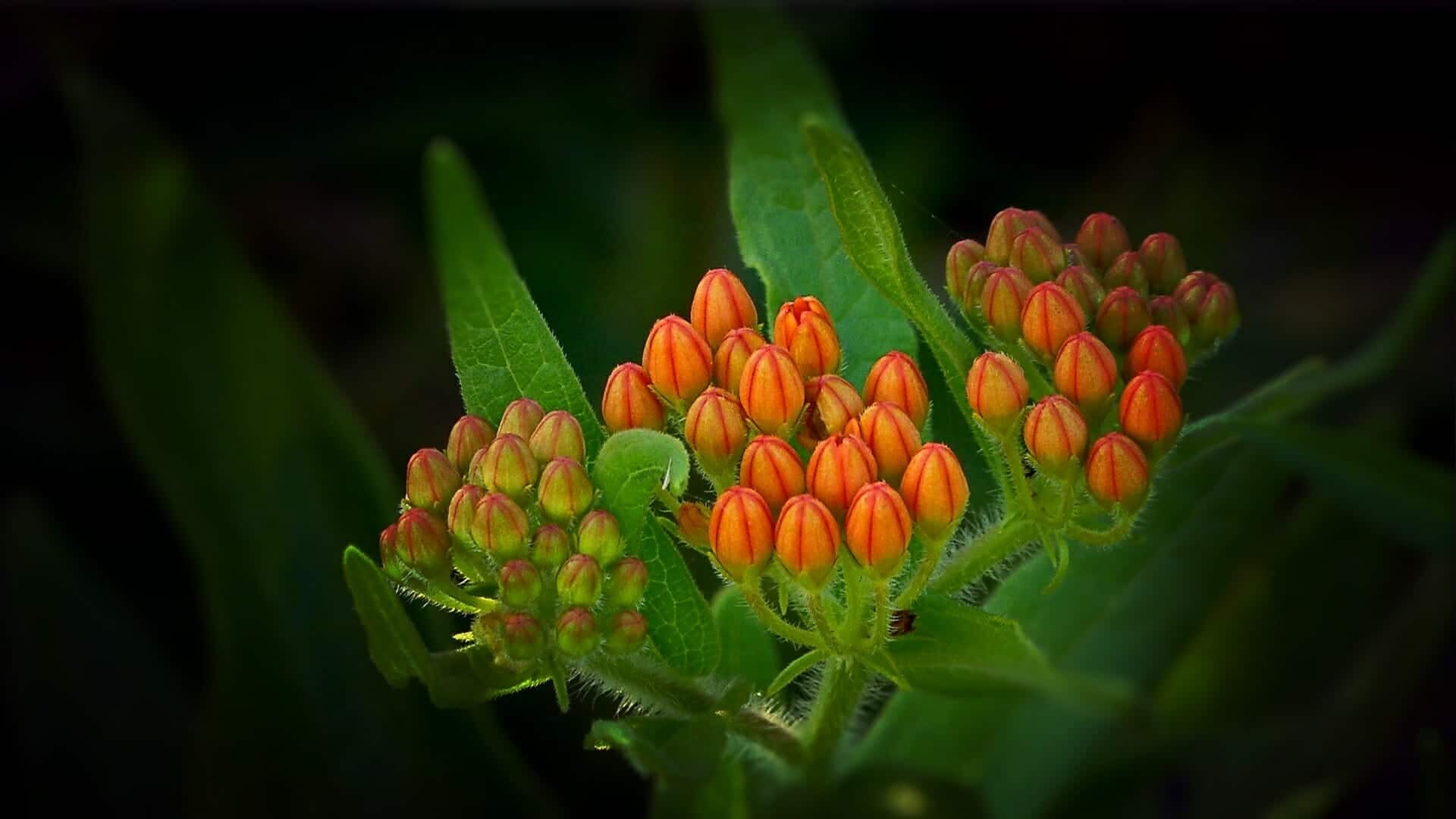

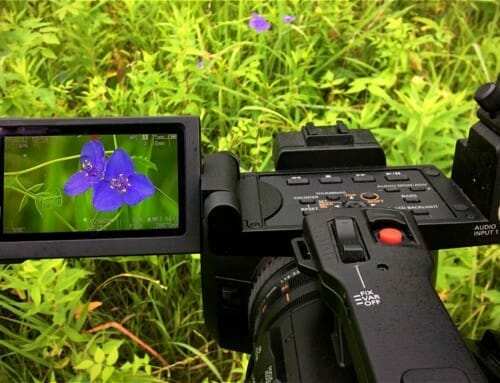
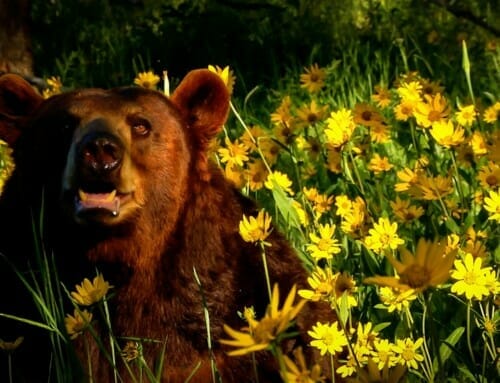
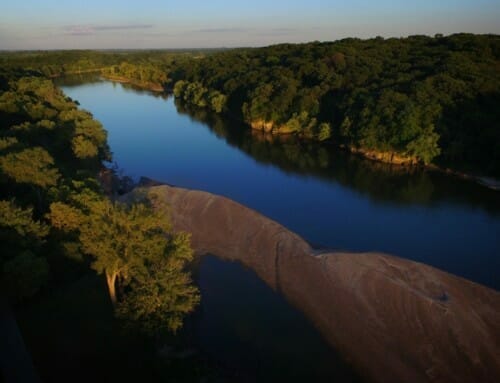
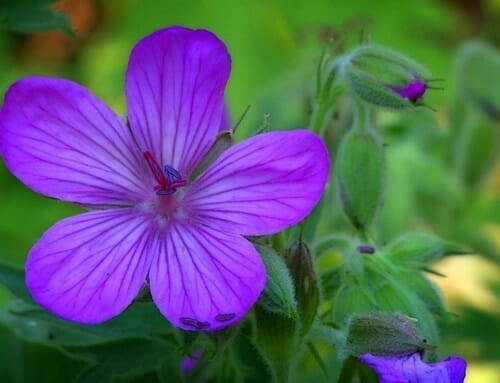

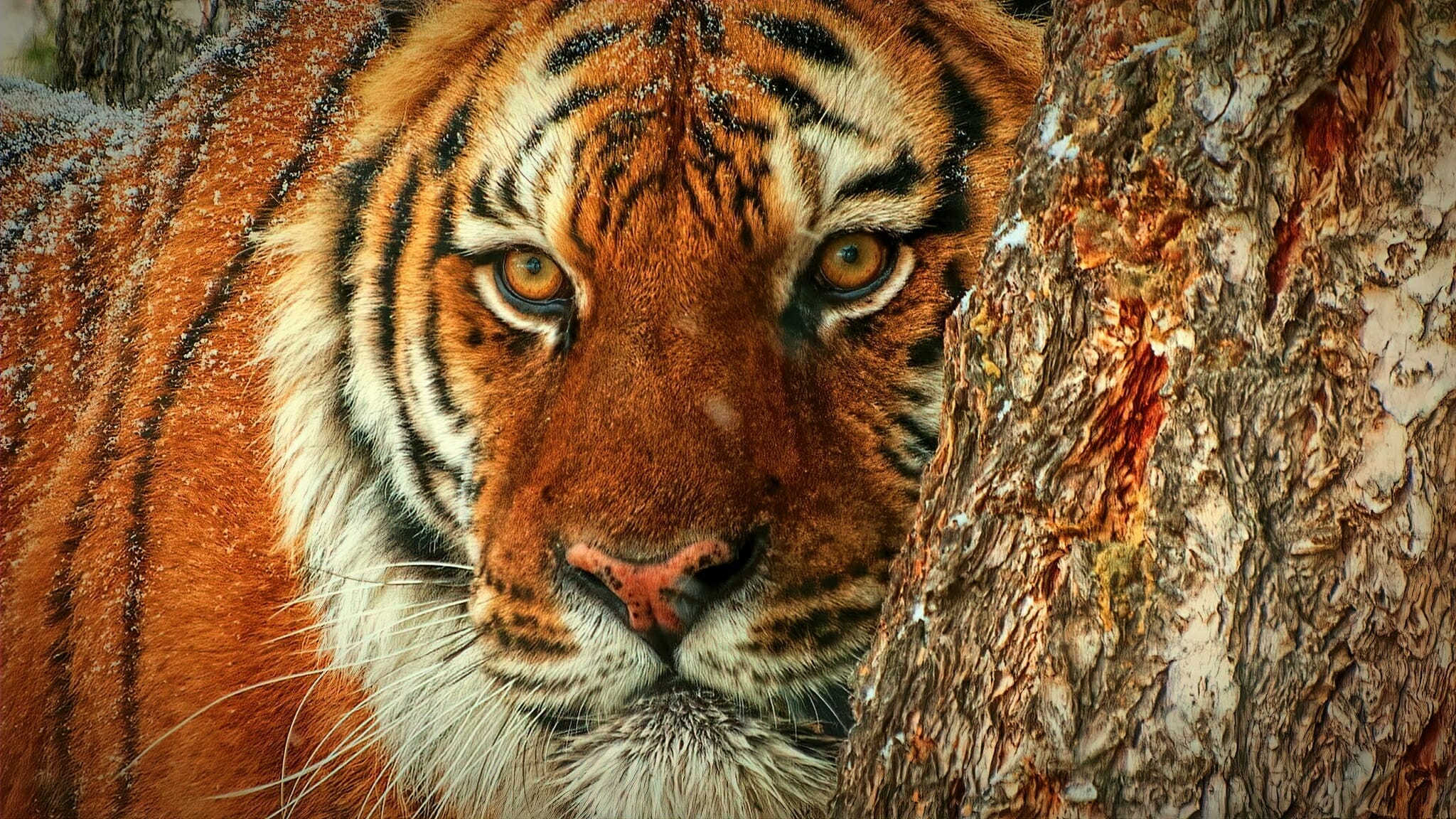
Terrific advice and a great A-word!
Mark,
You don’t know how much stuff I see people passing in the field because they aren’t aware.
They’re too busy looking ahead or talking that they don’t realize they are passing an entire world by with every step.
Some days I never get very far down the trail towards my destination because I find so many interesting things I want to film along the way.